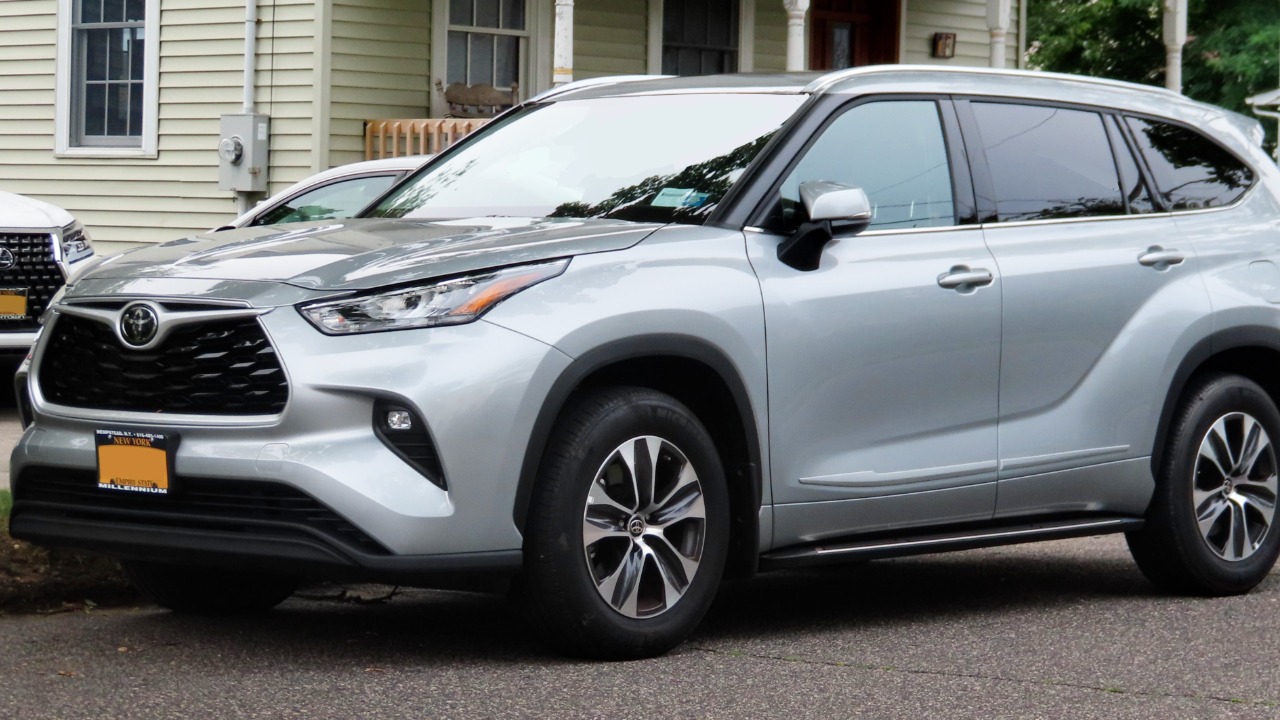
When considering buying an SUV, the initial price tag is often just the beginning. Many buyers overlook the ongoing costs that can significantly impact their wallets. From maintenance to insurance, these hidden expenses can add up quickly. Here’s a look at nine SUVs that might cost you more than anticipated.
2021 Range Rover
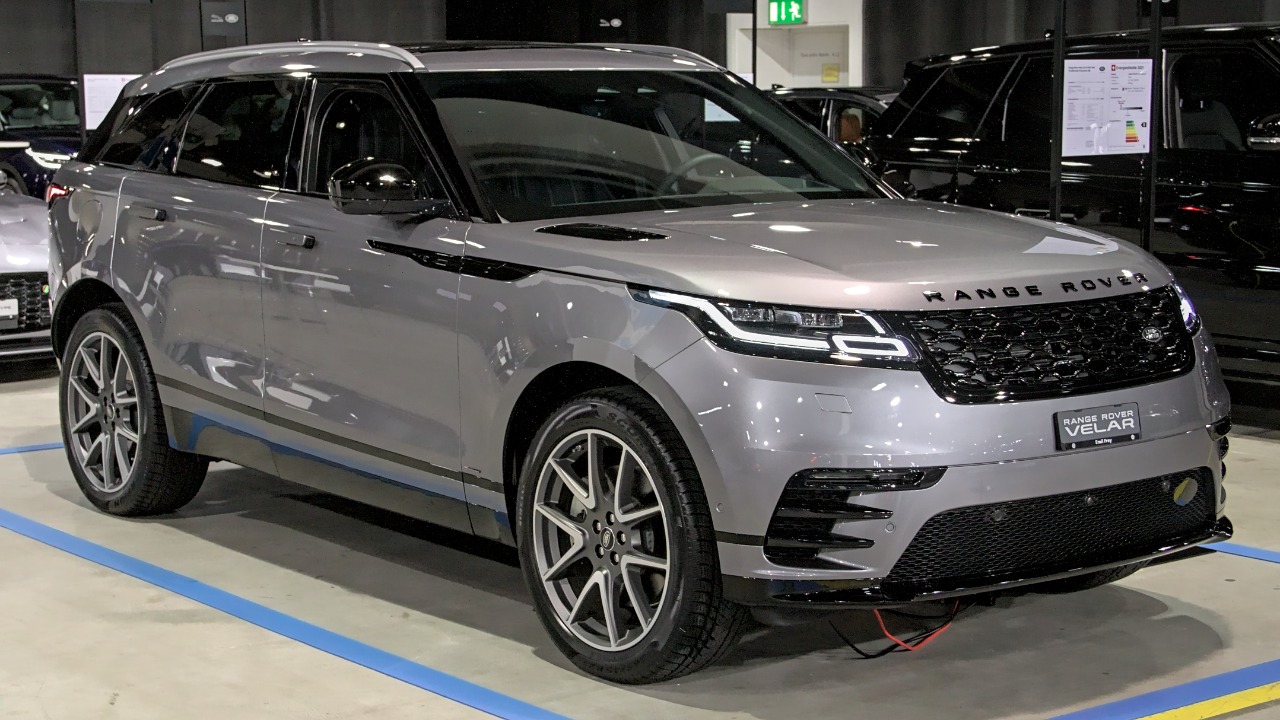
Owning a Range Rover comes with a reputation for luxury, but it also means high maintenance costs. Regular service visits can be expensive, and the specialized parts required for repair often come at a premium. It’s crucial to budget for these ongoing expenses, as they can add a significant amount to the overall cost of ownership. The allure of high-end features often overshadows the financial commitment required to keep them in top condition.
2020 Toyota Highlander
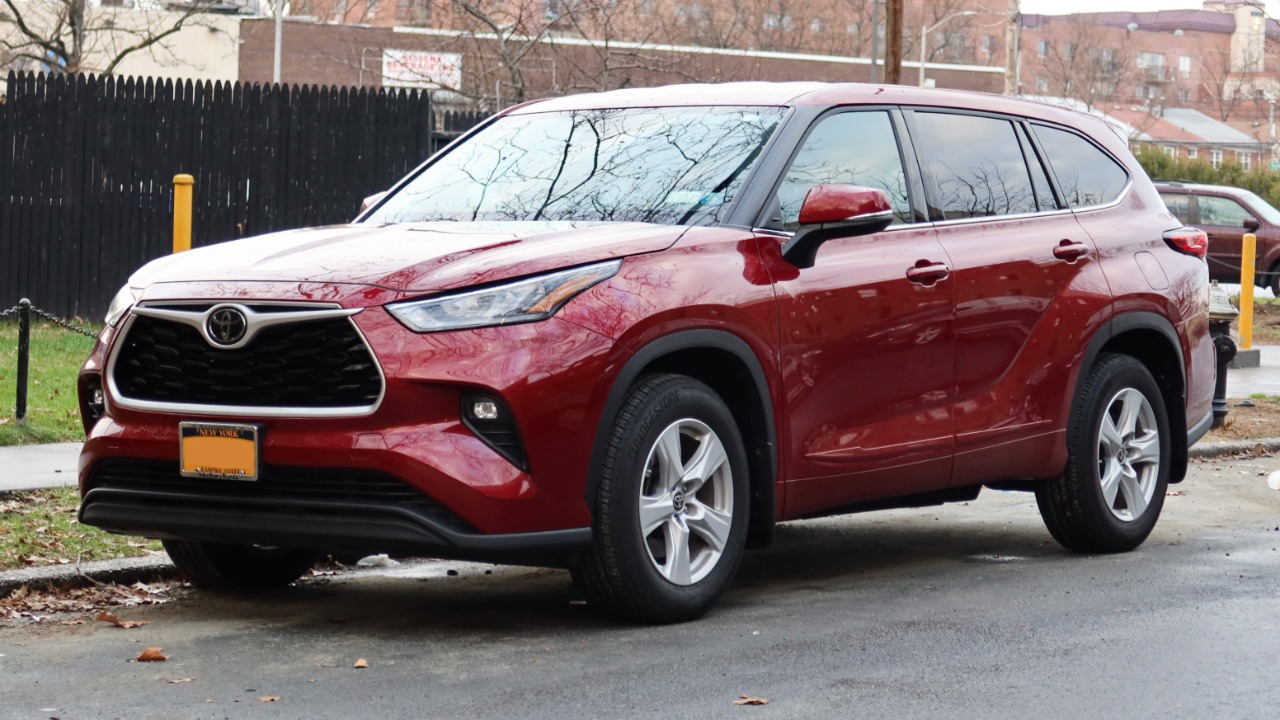
The Toyota Highlander is often praised for its fuel efficiency, but real-world results can vary. Many drivers report that the SUV’s actual fuel consumption is higher than advertised, leading to increased fuel costs over time. This discrepancy can be attributed to factors such as driving habits and conditions. It’s important to consider these variables when evaluating the true cost of ownership and to be prepared for potential deviations from expected fuel economy.
2019 Ford Explorer
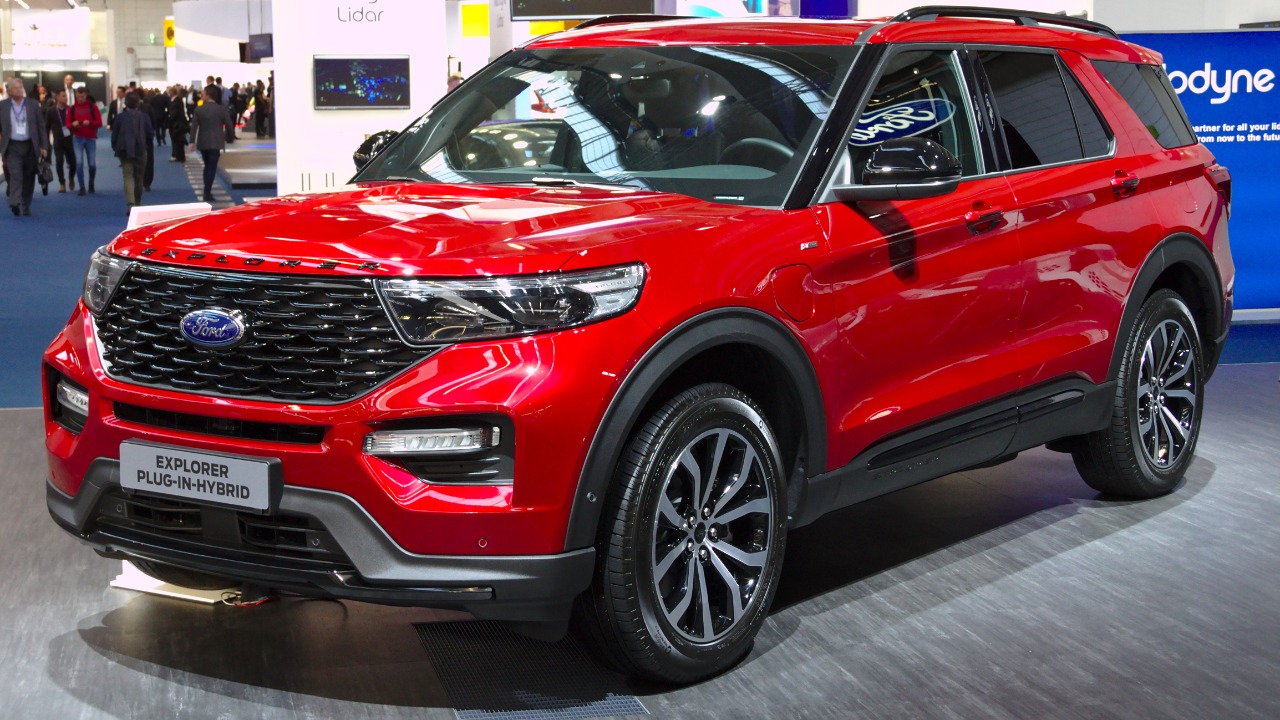
Insurance for the Ford Explorer may be higher than expected due to its size and potential for higher repair costs. SUVs often come with a heftier insurance premium, reflecting their increased risk factors. Factors such as the vehicle’s safety ratings, repair costs, and theft rates can all contribute to these higher premiums. It’s essential to get insurance quotes before purchasing to avoid surprises.
2018 Jeep Wrangler
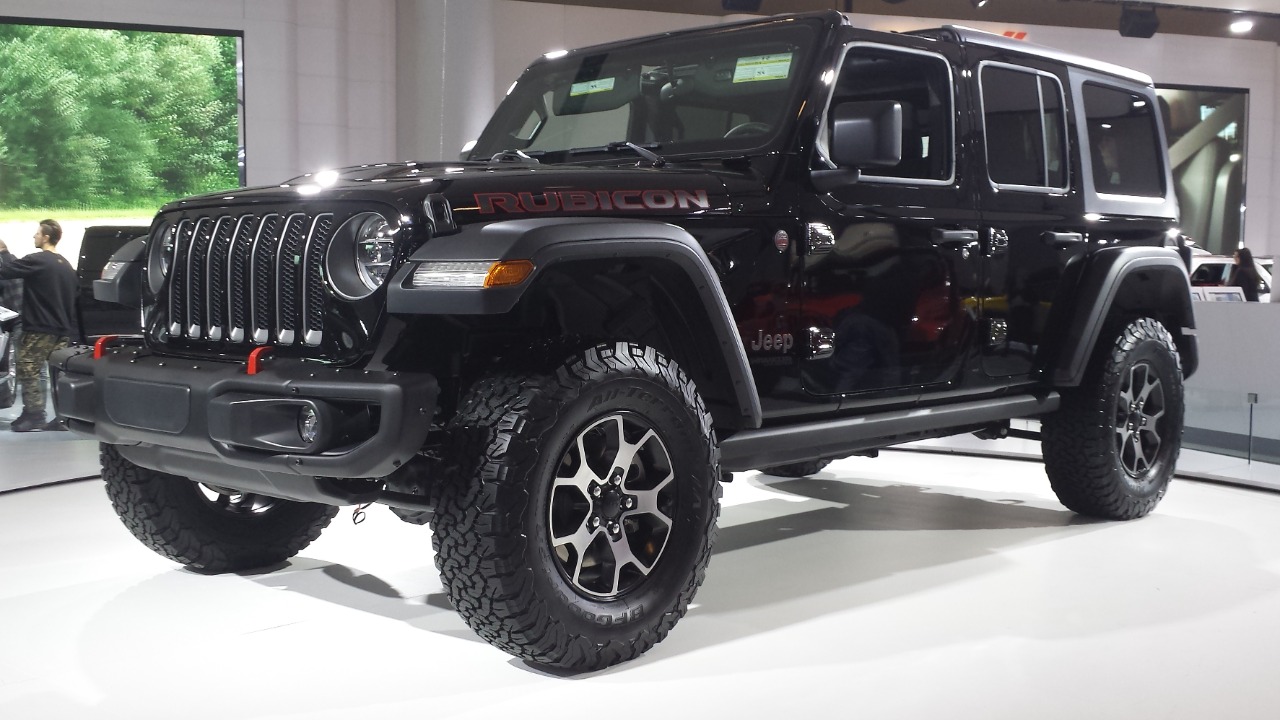
The Jeep Wrangler is iconic for its off-road capabilities, but it also has a higher depreciation rate than some competitors. Despite its popularity, the Wrangler’s value can decrease significantly over time, impacting resale value. Buyers should consider this depreciation when assessing the overall cost of ownership and weigh whether the benefits of off-road capabilities justify the potential loss in value.
2017 BMW X5
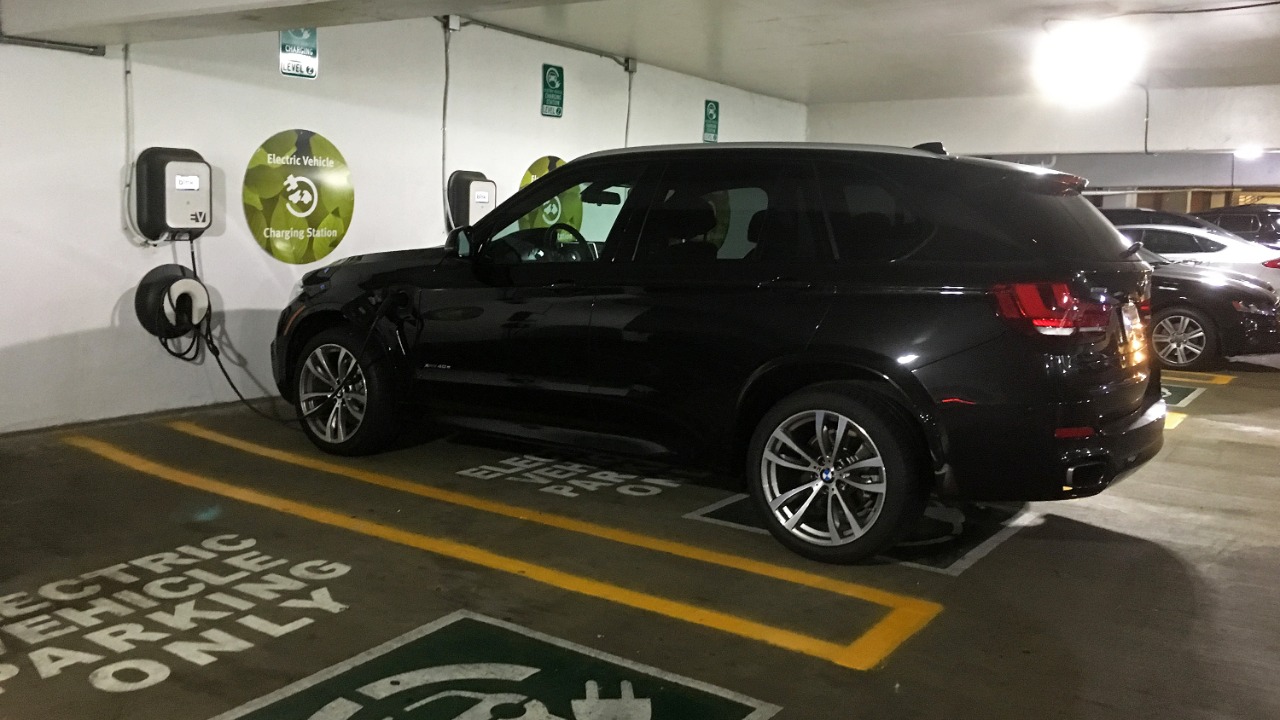
BMW’s luxury SUV, the X5, is known for its sophisticated engineering, but this comes with a downside: costly replacement parts. European vehicles often have higher parts prices, which can lead to expensive repairs. It’s important to factor in these potential costs when budgeting for long-term ownership. Regular wear and tear can necessitate pricey replacements, so being financially prepared is key.
2016 Audi Q7
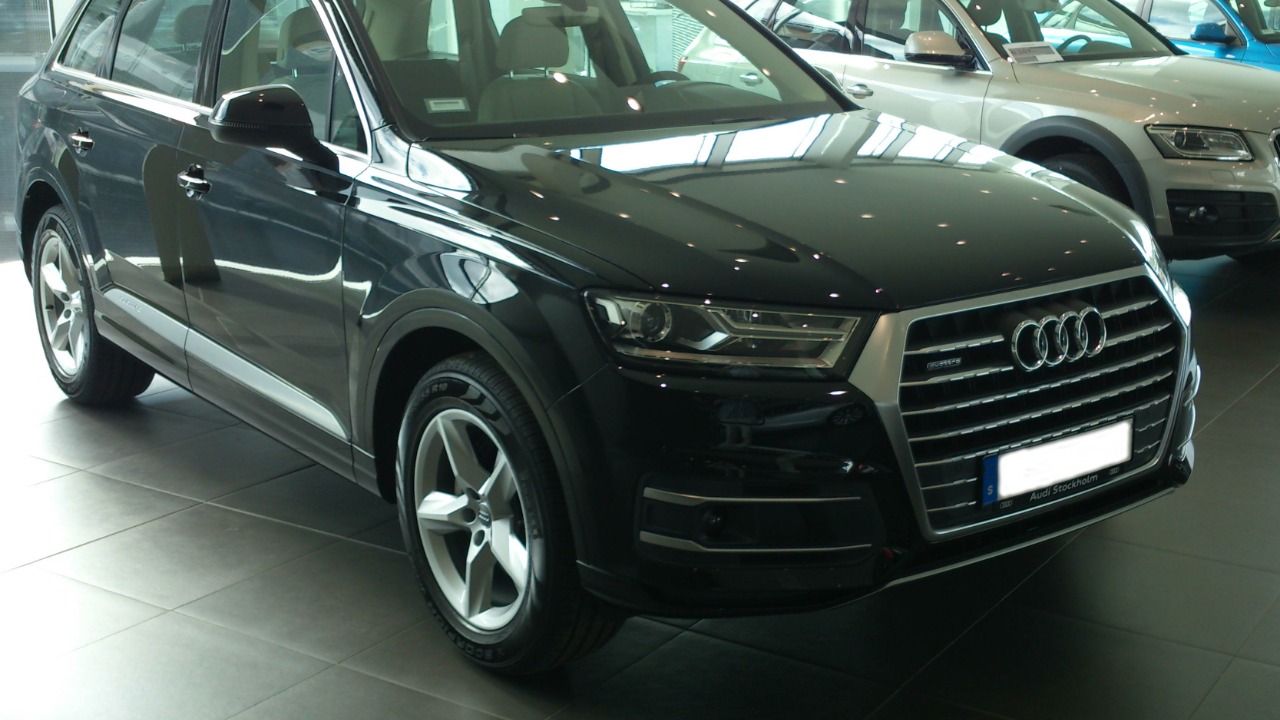
The Audi Q7 boasts advanced technology features, but these can come with hidden fees. Software updates, subscription services, and other tech-related costs can add up over time. Understanding these potential expenses is crucial to avoid unforeseen charges. While the technology can enhance the driving experience, it’s important to balance the benefits against the financial implications.
2015 Chevrolet Tahoe
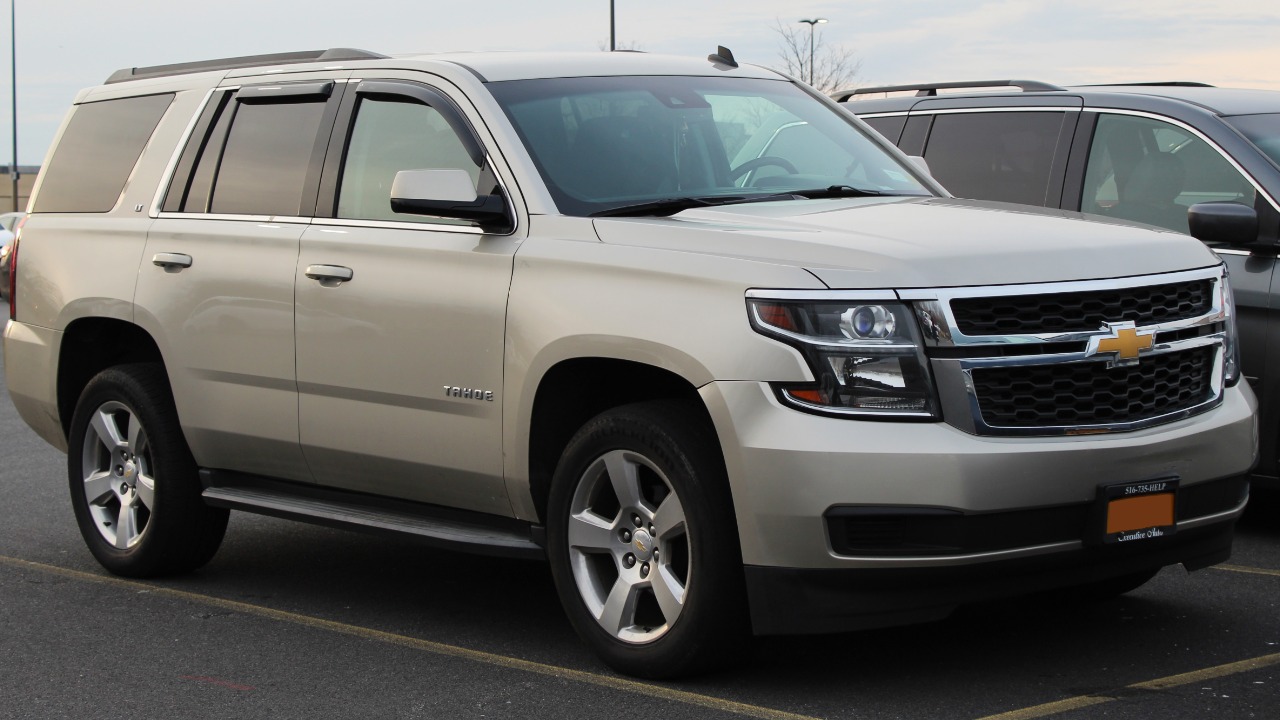
The Chevrolet Tahoe is a popular choice for families, but it can come with unexpected repair costs. SUVs often experience wear due to their size and weight, leading to potential mechanical issues. Regular maintenance is essential to prevent costly repairs down the line. Understanding the vehicle’s reliability history and common repair issues can help manage these expenses.
2014 Subaru Outback
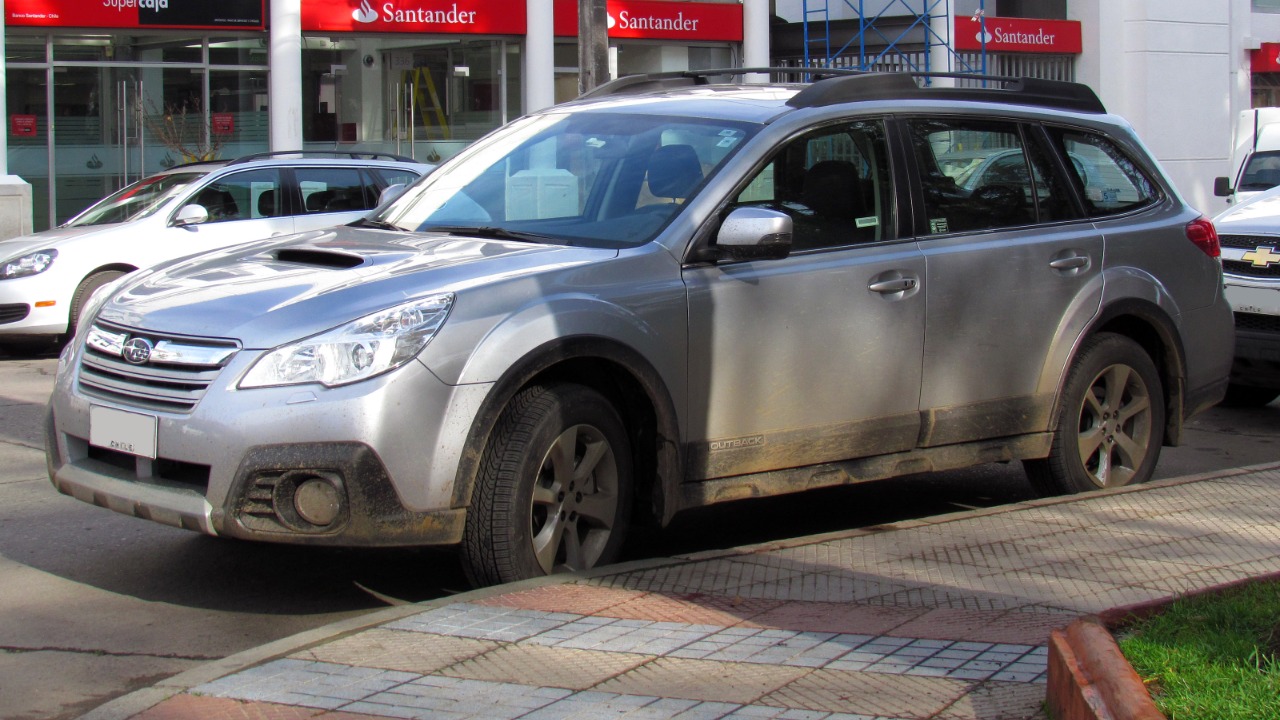
Subaru’s Outback is famed for its off-road prowess, but frequent off-roading can lead to increased wear and tear. The demands of rough terrain can accelerate the need for repairs, impacting overall costs. While the SUV is designed for adventure, it’s important to recognize the potential financial impact of frequent off-road use. Regular inspections and maintenance are key to managing these costs.
2013 Nissan Armada
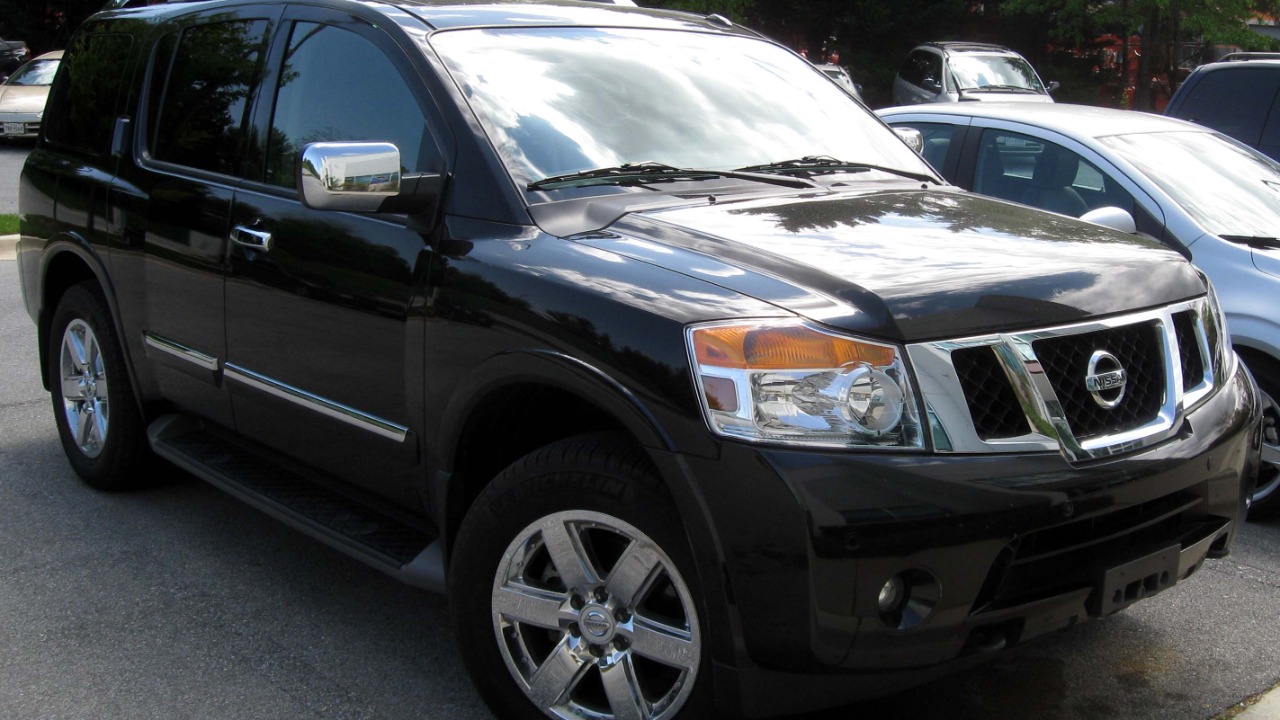
The Nissan Armada is a large SUV that can incur high registration and tax fees. These costs are often based on the vehicle’s weight and value, making SUVs more expensive to register and insure. It’s important to consider these fees when calculating the total cost of ownership. Understanding the local regulations and fee structures can help avoid surprises and ensure a more accurate budget.